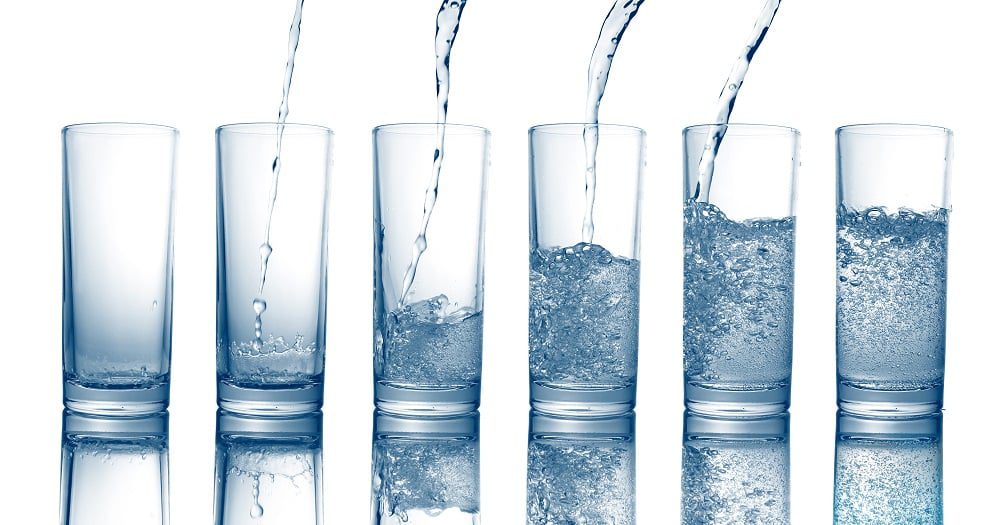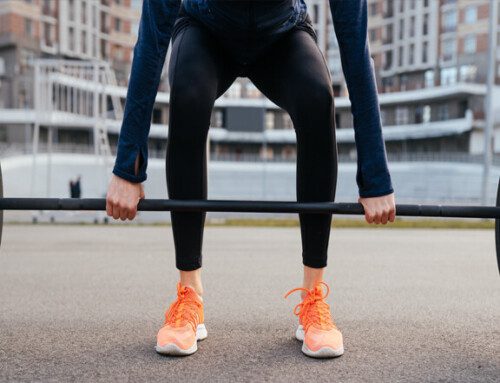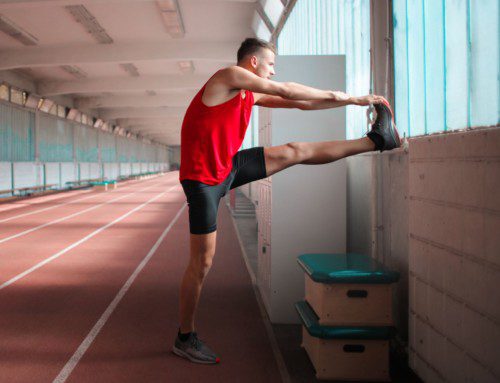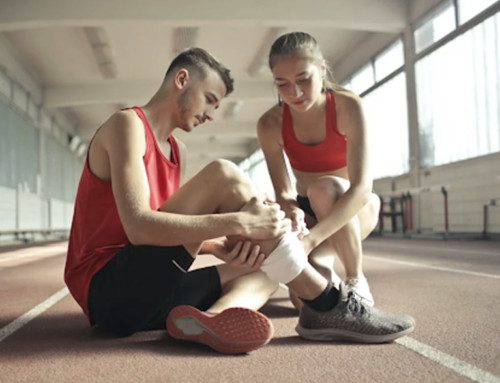The answer is it is very serious– but our indicators for real dehydration may not be as clear. People link dehydration to being thirsty but thirst is only one indicator. Other signs include dry mouth or swollen tongue, weakness, dizziness, palpitations, confusion, fainting or presenting feelings of passing out, lack of sweat and decreased urine output. When we have lost too much water, our body starts to hold on to every drop to keep our cells working. When performing endurance exercises do not wait to hydrate and remember to assess the environmental factors like hot weather and humidity, as these can lead to extra fluid loss. How can we actually prevent dehydration while exercising?
Drinking one to three cups of water before you start exercising, then continuing to drink water every 15 to 20 minutes while exercising will help to replenish lost fluids. This includes continuing to drink upon completion of exercise. Try to incorporate a diet that includes fruits and vegetables high in water content and avoid high protein diets, excess salt, and alcohol. Clothing choice is also important here. Breathable fabrics can help control a rise in body temperature and loss of sweat in hot weather. Sports drinks, gummies, and goo are often used by athletes to prevent dehydration because they contain electrolytes, an important component to staying hydrated. But what are electrolytes and why do need them?
Electrolytes are sodium, potassium, magnesium and calcium and when they are not adequately balanced; your muscles cannot work properly, impeding athletic performance. Sodium is the most important electrolyte to monitor during training. Sodium is critical for nerve function, muscle contractions, and acid-base balance and it is the electrolyte that is most commonly lost while sweating. Too little sodium can lead to muscle cramps or hyponatremia (low blood sodium). Furthermore, maintaining sodium levels throughout activities is crucial because it helps to balance other electrolytes.
Potassium works with sodium to help prevent muscle cramps and is the electrolyte that most people correlate with dehydration. It is readily available in food sources and, unlike sodium; we tend not to lose large amounts while sweating. This means that potassium depletion alone will not likely cause performance issues but it is still important to maintain adequate potassium levels for overall water and electrolyte balance.
Just as potassium and sodium function together so does magnesium and calcium. Magnesium aids in relaxing the muscles and is an abundant mineral the body, with half of it primarily located in the bones. It is present in food but can be taken as a supplement. Magnesium is a cofactor for many biochemical reactions in the body: muscle and nerve function, glucose metabolism and blood pressure regulation to name a few. It is also required for energy production and glycolysis and plays a role in the active transport of calcium and potassium ions across cell membranes; a process that is important to nerve impulse conduction and muscle contraction.
That leaves us with calcium, the most abundant mineral in the body and an essential component for metabolism, bone formation and muscle conditions including synthesis and breakdown. Low levels of calcium are often thought to relate to osteoporosis or osteopenia but initial symptoms of low calcium are cramping, muscle spasms and cramps and fatigue. Calcium is easily accessible in over-the-counter medication like TUMS (calcium carbonate) but consult your physician if you think you have a calcium deficiency.
So keep training and stay well hydrated!





